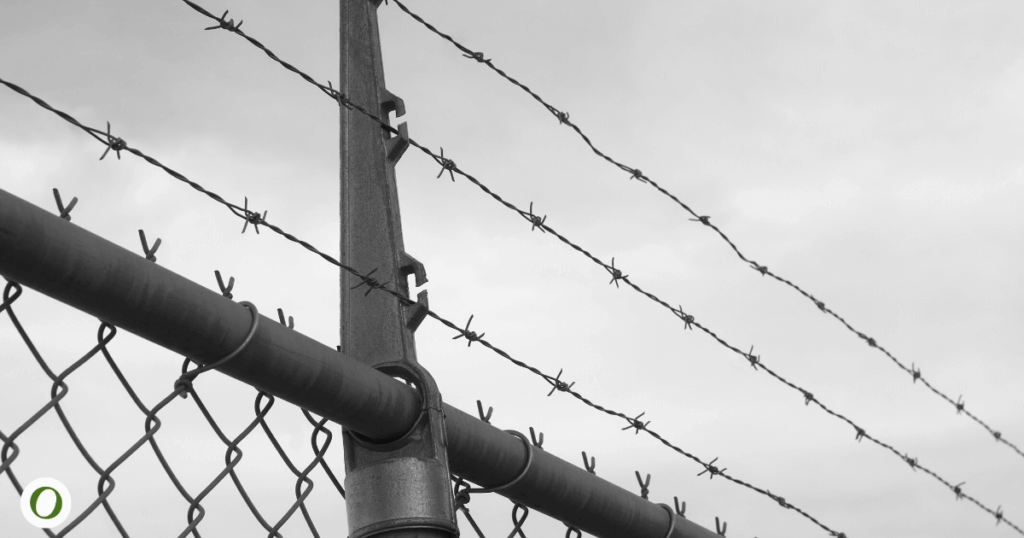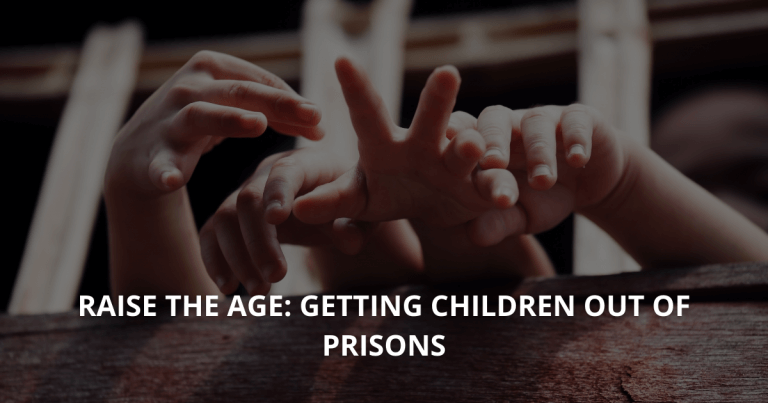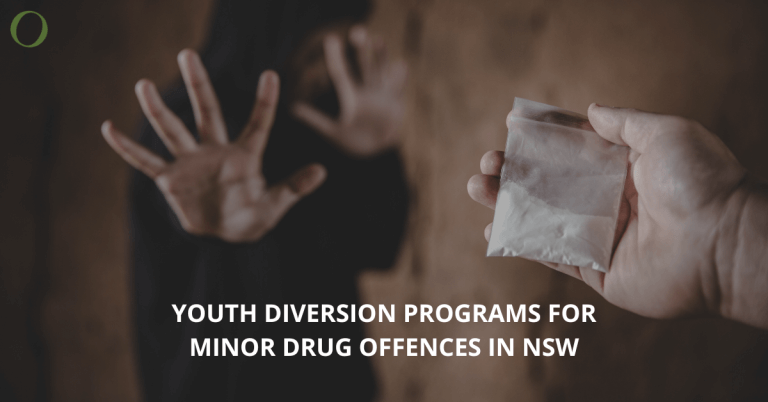
An asylum seeker who experiences seizures when handcuffed has launched a landmark test case against the Federal Government. The case highlights the excessive use of force within immigration detention centres, including the use of handcuffs for medical appointments.
The Government uses handcuffs to restrain men and women attending off-site medical appointments. This is disproportionate to any genuine risk. Roughly half of all people in onshore detention are asylum seekers.
Yasir* is suing under the Disability Discrimination Act and is challenging the lawfulness of handcuffs under the Migration Act.
Re-traumatising victims of abuse
Yasir has a history of severe torture and childhood abuse. He’s been in immigration detention for seven years and has received a diagnosis of a number of mental health illnesses. Traumatised by the use of handcuffs, Yasir often experiences seizures when facing the prospect of being handcuffed. In response, the Government has refused to adopt medical recommendations to stop handcuffing him.
“I am running this case to try and help detained asylum seekers like me get access to healthcare without being forced to wear handcuffs,” Yasir stated in a press release.
“Restraints bring back brutal, re-traumatising memories from my past which I already live with every day. I cannot attend medical appointments handcuffed because of the further damage it does to me.”

The use of restraints has become commonplace for transfer to medical appointments, even when the asylum seekers have security officer escorts.
“In 2017, data obtained under freedom of information laws showed that the use of force and restraints in Australia’s onshore immigration detention centres had soared – more than doubling in just nine months,” a press release from the Public Interest Advocacy Centre (PIAC) stated.
“More and more, we are seeing vulnerable, sick and otherwise cooperative detained asylum seekers, subjected to harmful and degrading practices which result in significant delays and disruptions to medical care,” PIAC’s Asylum Seekers Health Rights Project Jane Leibowitz stated.
In 2019 the Australian Human Rights Commission published a report exposing the consistent, widespread use of restraints in immigration detention and recommending urgent reforms.
More recently, in an August 2020 report, the Commonwealth Ombudsman raised the growing tendency for force to be used as the first, rather than last choice in facilities. Th exercise of this force is in a manner both inconsistent with the Department of Home Affairs’ own procedures and possibly without legal basis.
*Name changed.






